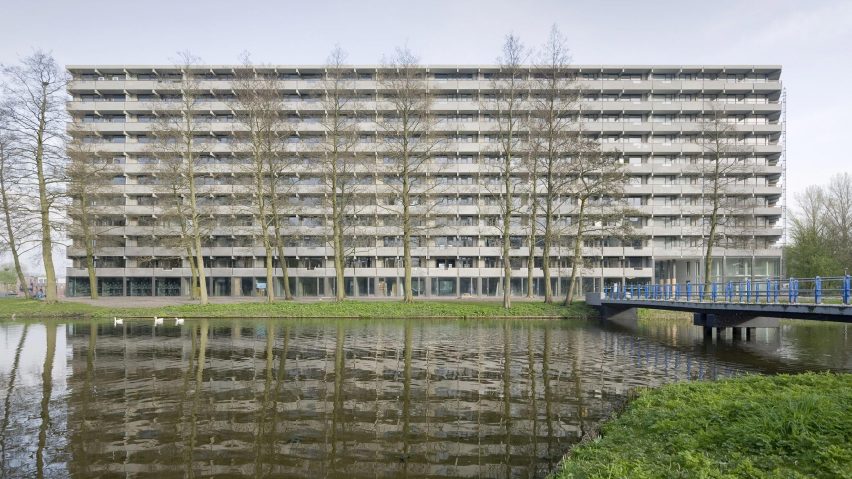
Unfinished homes touted as potential solution to the global housing crisis
Homes without internal walls, kitchens or bathrooms are being billed as a solution to housing crises around the world, after NL Architects won the Mies van der Rohe Award for its refurbishment of the Kleiburg apartment block in Amsterdam.
The block's "Klusflats", or DIY flats, come without any internal fittings, so residents complete the homes themselves. This makes them far cheaper than finished apartments, making it easier for people to get on the property ladder.
"The Klusflat approach gives room for everyone with an idea; a lot of energy is unleashed," said NL Architects co-founder Kamiel Klaasse. "People can create their dream apartment. Or keep it banal and cheap. It's totally up to them."
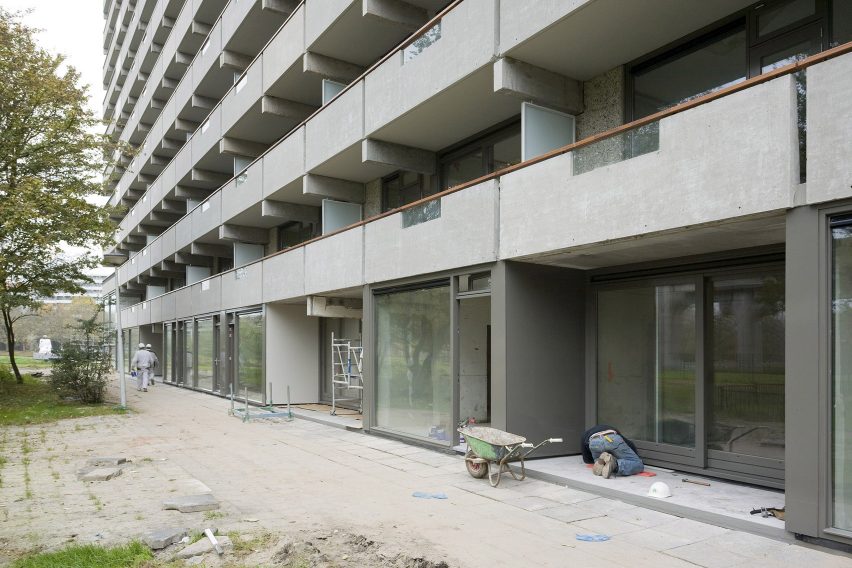
Similarly, UK developer Naked House has reduced build costs by between 10 and 15 per cent by stripping back everything that isn't necessary to get a mortgage and pass building regulations. Its "naked homes" are intended to offer an alternative to the typically low-quality and prescriptive fit-outs of London's answer to affordable housing, shared ownership.
"[Shared ownership homes] are usually specced out with lots of fancy finishes and fittings that you pay a premium for, because that's part of their profit," said Naked House co-founder Rachel Bagenal. "And that felt like the wrong way round for affordable housing."
The DIY approach first attracted major attention in Chile, where it was employed by Pritzker Prize-winner Alejandro Aravena and his firm Elemental. Their "half a good house" saw governments part-fund social housing, but left residents to complete them according to their own needs and resources.
The idea is now spreading across Europe, where the diverse range of projects include a 22-storey wooden tower in Amsterdam and a row of waterside townhouses in Manchester, England.
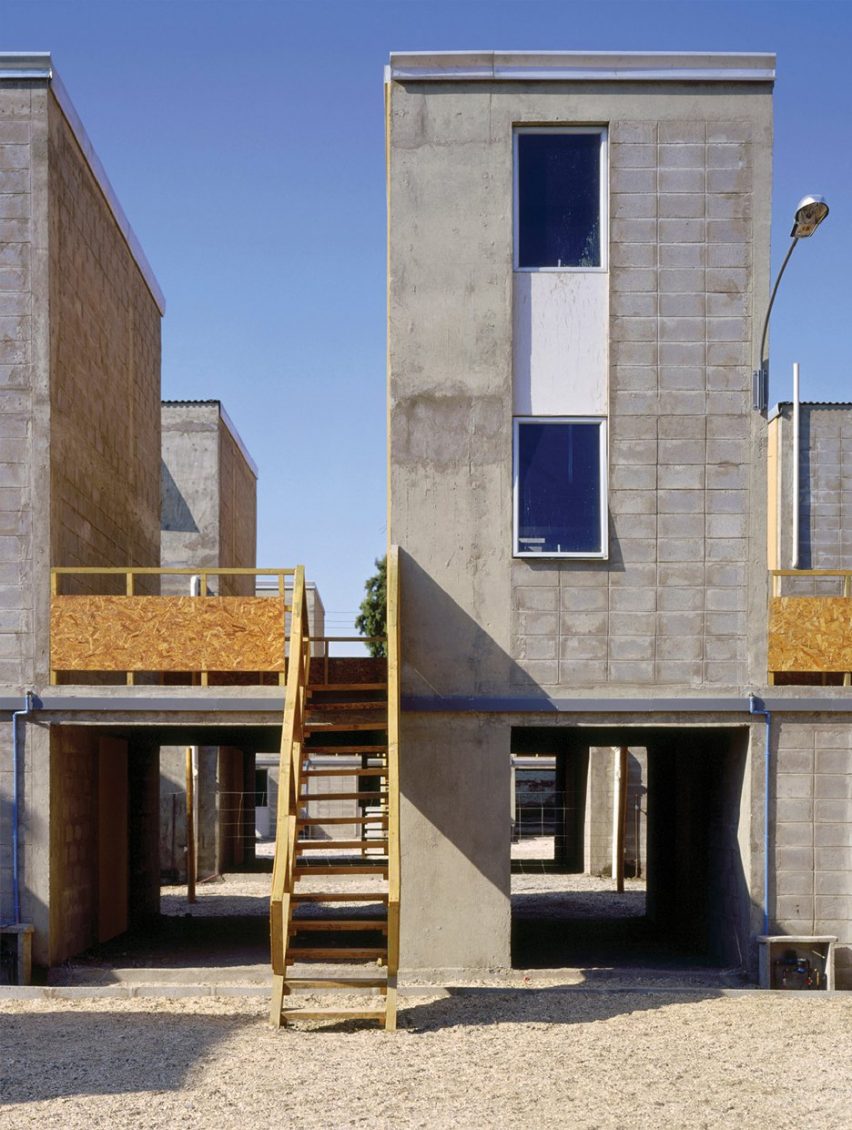
Kleiburg has become the most high-profile example, after being named winner of the Mies van der Rohe Award 2017, the most prestigious architecture prize in Europe.
Containing 500 apartments, the colossal 1960s apartment block in Amsterdam's Biljmemeer neighbourhood became the biggest shell home development on the continent, after being bought by consortium deFlat for just €1, and redeveloped by NL Architects and XVW Architectuer.
"Kleiburg helps us imagine a new kind of architectural project, which responds to changing household patterns and lifestyles in the 21st century," said British architect Stephen Bates, jury chair for the prize.
"It challenges current solutions to the housing crisis in European cities, where too often the only ambition is to build more homes year-on-year, while the more profound question of what type of housing should be built goes unanswered."
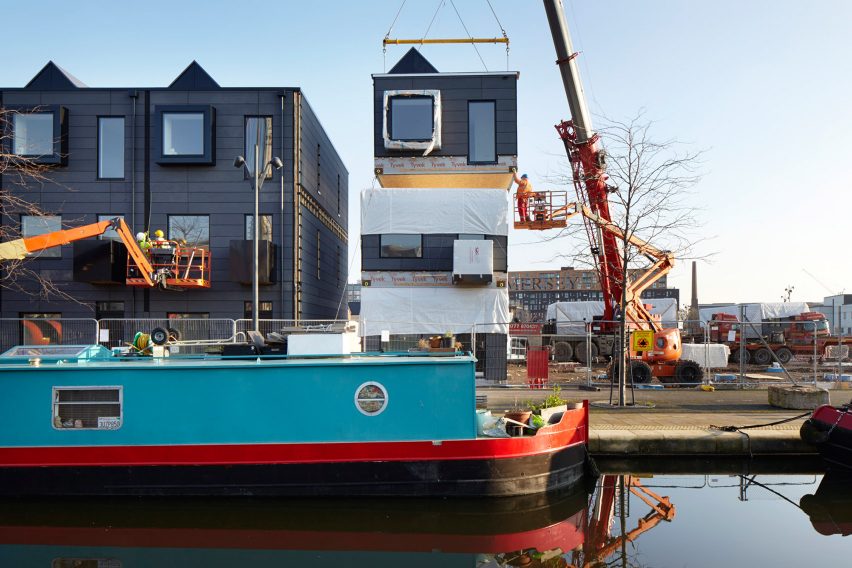
According to deFlat consortium member Martijn Blom, the project has completely changed people's perception of the estate.
"This particular type of building was not considered very popular," he said. "So at first it was very unclear whether enough people could be seduced to actually rescue the building."
"But the success was enormous," he continued. "The first open days attracted 100 people, going up to 200 and 300 a day during the project, ending in a run on the last houses."
Kleiburg now houses a diverse selection of residents, who have taken wildly different approaches to fitting out their homes, ranging from bare-minimum DIY to elaborate architect-designed interiors.
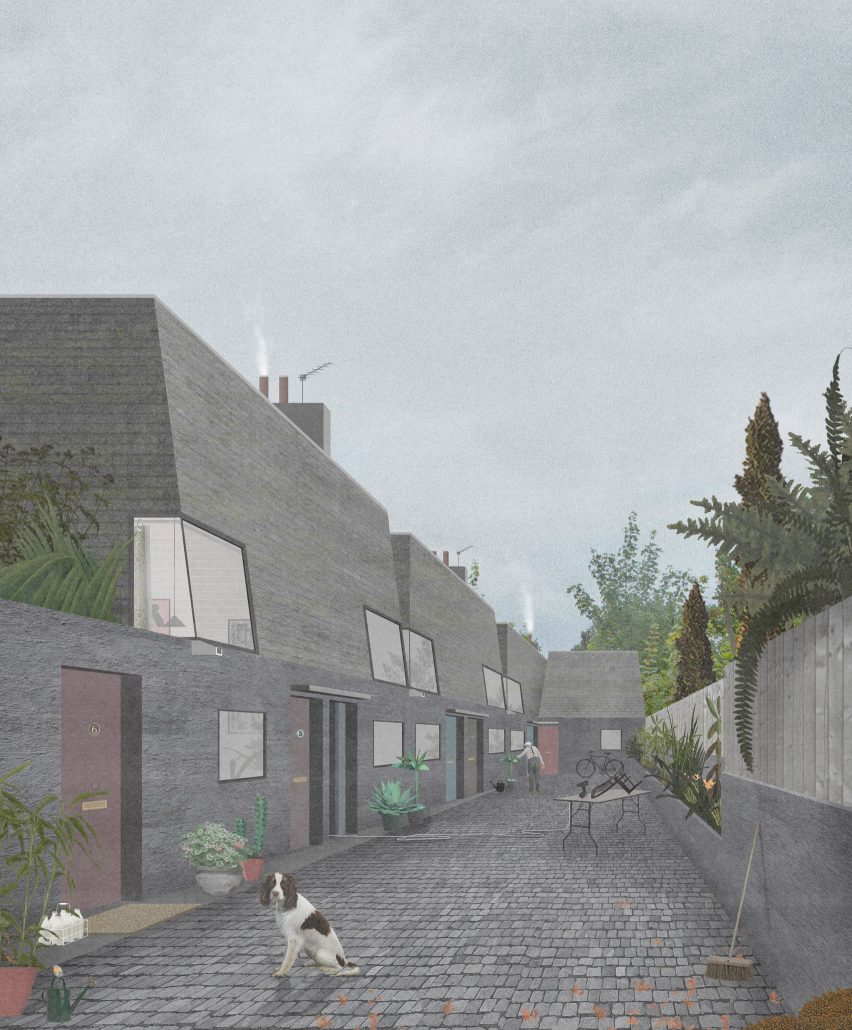
Naked House is yet to complete a project, but has three sites in Enfield earmarked for its first 22 homes. These will be designed by young London studio OMMX, whose proposal is for bare-bones properties that could be turned into family homes with extensions and new floors.
A unique deal with Enfield Council, where the local authority retains the freehold on the land and Naked House becomes a master lease-holder, will have an even bigger impact on cost.
The project prompted critical headlines, including an article in the Guardian that accused the project of "taking advantage of the housing crisis". Yet interest has already been high according to Bagenal, who says that critics have missed the point.
"Housing is very controversial. It's politically charged," said Bagenal. "I think a lot of the people that comment don't live in London and don't understand quite how bad it is here."
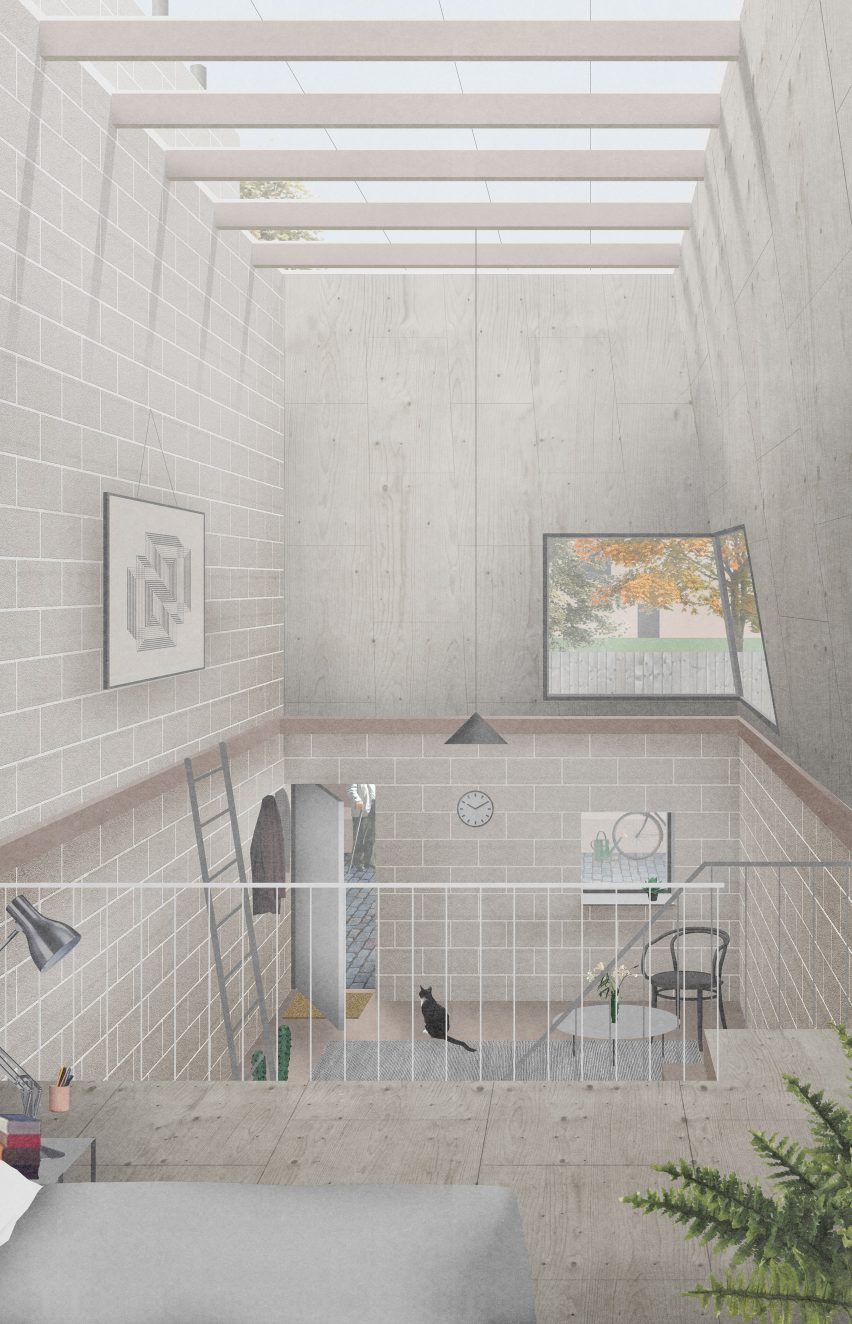
Martyn Evans, former creative director of Cathedral Group – which was considered one of London's most progressive developers, and advisor to a number of construction and architecture organisations – is among those with reservations about the idea.
"It's interesting that it's being pitched as a way of tackling affordability," he told Dezeen.
"Buying a shell just simply means you get it cheaper because you're not paying for stuff," he said. "Some property developers might be cash grabbers, but they are large companies with efficient buying processes that buy materials cheap and achieve economies of scale in building and fit out. Can you really compete with that?"
"Does it mean, like self-build, that really the only people who will make a success of it are people with money, time and inclination rather than the most needy people who are probably working two jobs and don't have good DIY skills?"
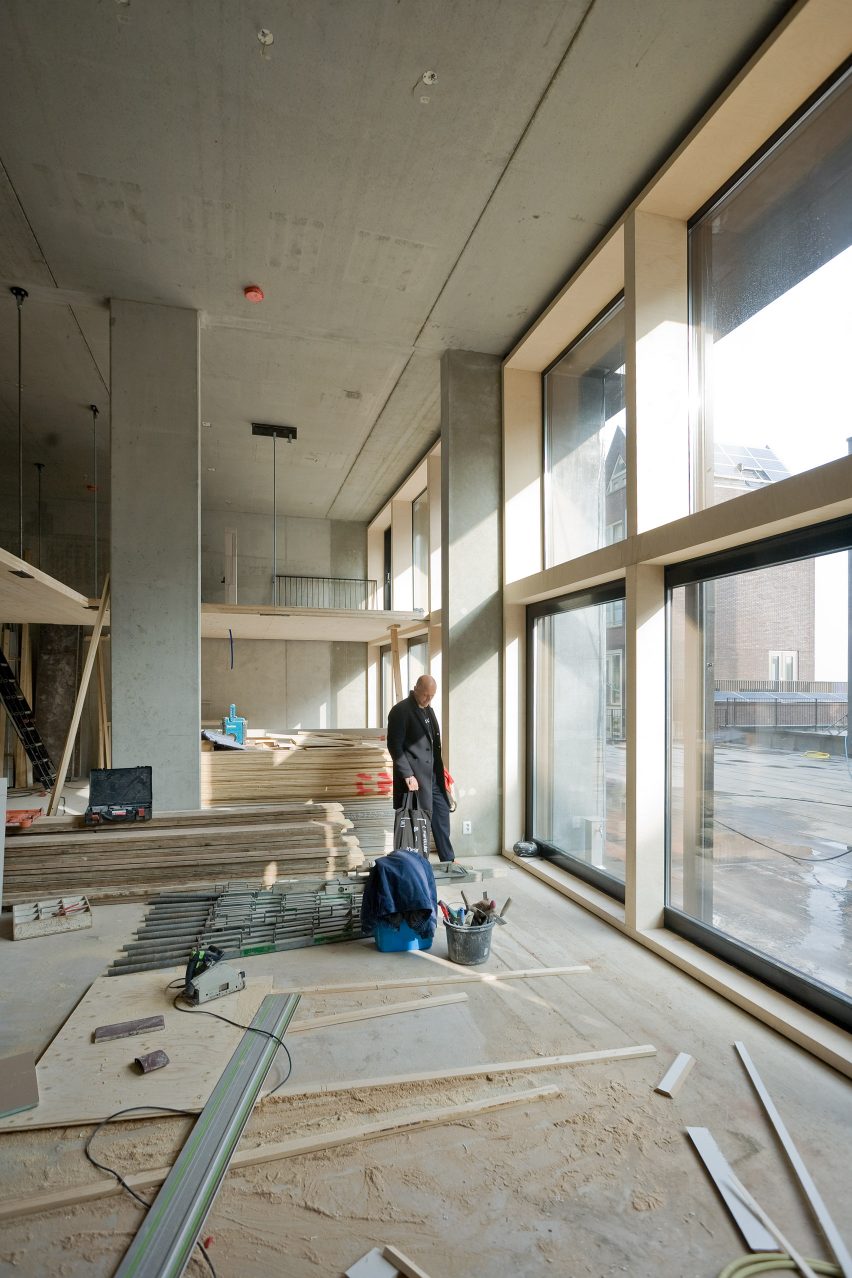
One of the biggest catalysts for the idea was the 2008 financial crash, which saw almost all conventional development completely frozen.
It was this that prompted Dutch architect Marc Koehler to launch his own DIY home company. Superlofts offers buyers a two-storey space with only basic amenities like electricity and plumbing. Upper level apartments are priced higher, to make the lower level ones affordable for first-time buyers.
"Consumers are becoming co-creators of the stuff they buy, so why not in the housing sector?" Koehler told Dezeen.
"You see it in Nike ID, you see it in media, in fashion, everywhere. There is a huge demand for more quality, and more quality means more personalisation of the domestic sphere. And for that you need to create buildings that can adapt to those personal requirements."
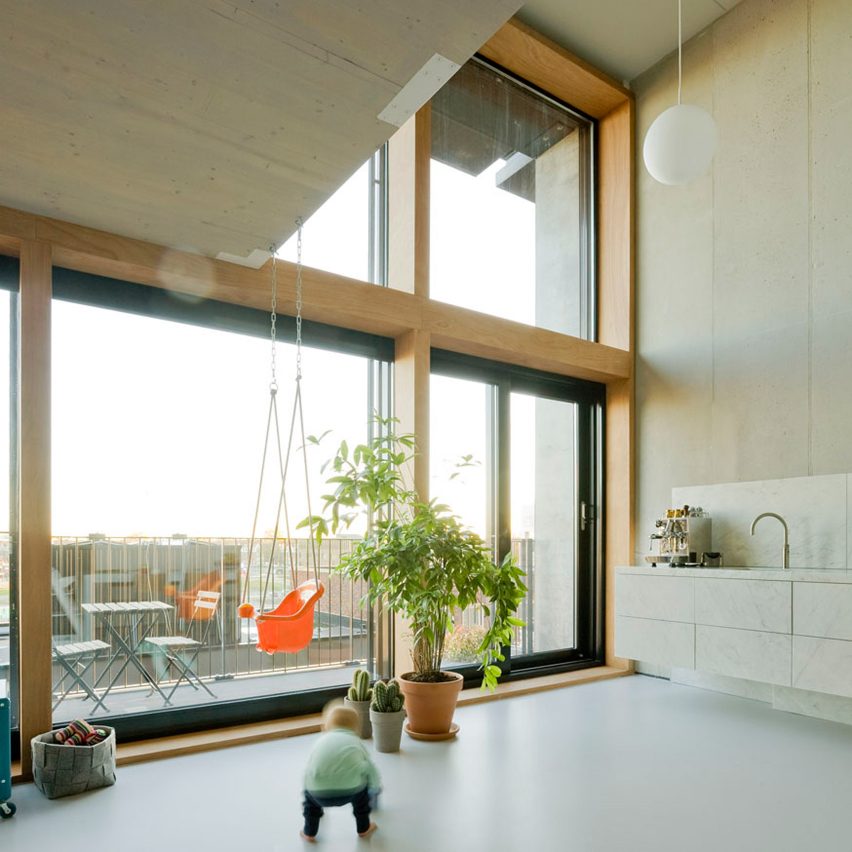
Koehler believes that growing concerns about the long-term sustainability of buildings, and particularly their ability to adapt to change, is another attraction of the approach.
"There is a necessity to make buildings that can adapt over time because of ecological concerns," he told Dezeen.
"By separating radically the fit-out system from the structure, you allow a better match between the offer and the demand, and between change of lifestyles and the actual spatial configuration, without having to demolish and waste materials."
There are now five completed Superloft buildings in Holland and more under construction, as well as potential projects in New York, San Francisco, Berlin, Copenhagen, Johannesburg, Shanghai and London.
"In the Netherlands, and perhaps elsewhere too, the level of finishing is increasingly poor – so there is a big advantage if people do it themselves," added Klaasse.
"The quality will go up, in a similar way to how Airbnb inspires people to make exceptional spaces that stand out. This can be a successful strategy and a major, very positive market change."